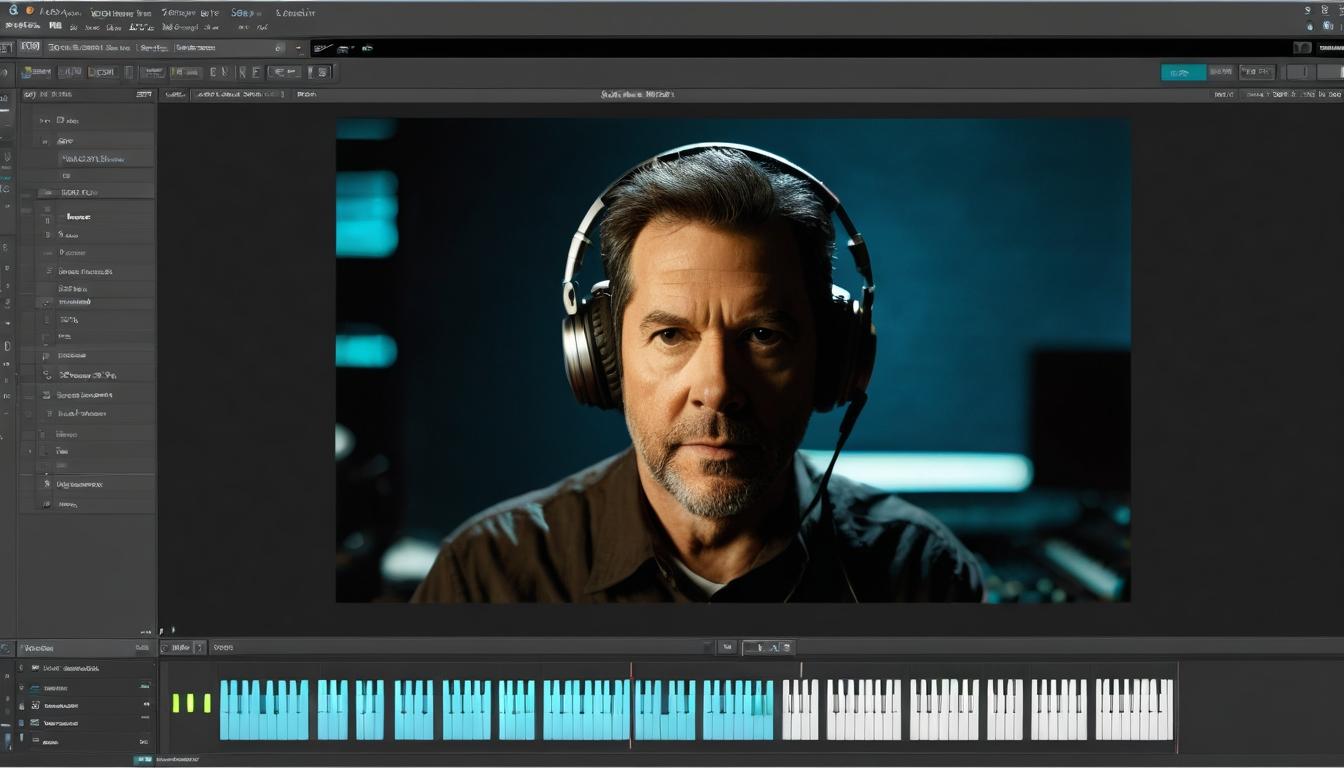The projector flickers to life, the theater darkens, and before a single image appears, the music begins. It's a moment most moviegoers take for granted, but behind those opening notes lies a revolution quietly reshaping modern cinema. While audiences debate CGI effects and actor performances, film composers have been orchestrating a fundamental shift in how stories are told through sound.
Walk into any major Hollywood scoring stage today, and you'll find a landscape transformed. The traditional 100-piece orchestra, once the gold standard for epic films, now shares the stage with modular synthesizers, sampled ethnic instruments, and experimental sound design. Composers like Hildur Guðnadóttir, whose haunting cello work for Joker earned her an Oscar, represent a new breed of musician who treats sound as a character rather than mere accompaniment. Her approach—recording in abandoned power stations and using unconventional playing techniques—demonstrates how film scoring has evolved from writing pretty melodies to creating sonic environments.
This evolution isn't happening in isolation. Streaming platforms have created unprecedented demand for original content, forcing composers to work at breakneck speeds while maintaining artistic integrity. The eight-month scoring process for a major studio film has compressed into weeks for streaming series, creating both creative challenges and opportunities. Composers now often begin work during pre-production, collaborating with directors from the script stage rather than waiting for a locked picture. This deeper integration means music isn't just reacting to images—it's helping shape the narrative from the ground up.
Technology has democratized the scoring process in ways unimaginable a generation ago. Where once only composers with access to expensive studio time could create professional-quality scores, today's bedroom producers can craft sophisticated soundscapes using software that fits on a laptop. This accessibility has led to an explosion of diverse voices in film music, with composers from electronic, hip-hop, and world music backgrounds bringing fresh perspectives to cinematic storytelling. The result is scores that feel more authentic to their settings, whether it's Ludwig Göransson blending traditional African instrumentation with modern beats for Black Panther or Mica Levi using microtonal string writing to convey psychological unease in Under the Skin.
Yet this creative freedom comes with new challenges. The same technology that enables innovation also facilitates plagiarism and homogenization. With thousands of royalty-free templates and sample libraries available, it's easier than ever for less scrupulous composers to create derivative work. The recent lawsuits over similar-sounding themes highlight how the line between inspiration and infringement has blurred in the digital age. Meanwhile, the pressure to create instantly recognizable "trailer music"—those bombastic, percussion-heavy cues that dominate movie marketing—threatens to standardize the emotional language of cinema.
Perhaps the most significant shift lies in how audiences consume film music. Where once soundtrack albums were niche products for dedicated fans, streaming services have made film scores accessible to millions. Platforms like Spotify and Apple Music have created listening habits that would baffle previous generations—people now curate playlists of horror movie cues for workouts or study to intense action scores. This has created a feedback loop where composers consider not just how music works with images, but how it functions as standalone art.
The business side of film composing has undergone its own quiet revolution. The traditional model of composers working exclusively for studios has given way to a more entrepreneurial approach. Many now run their own production companies, license their music for games and commercials, and build personal brands through social media. This diversification provides creative freedom but also demands business savvy that wasn't necessary in the old studio system. The most successful composers today aren't just musicians—they're CEOs of their own creative enterprises.
Looking forward, the boundaries of film music continue to expand. Interactive scores for video games influence linear media, with composers creating adaptive music that responds to viewer choices in choose-your-own-adventure films. Spatial audio technologies like Dolby Atmos allow composers to place instruments and sounds in three-dimensional space, creating immersive experiences that transcend traditional stereo. And artificial intelligence looms on the horizon, promising tools that could generate thematic variations or orchestrate sketches, though raising questions about the very nature of musical creativity.
What remains constant is the power of music to elevate storytelling. The best film scores don't just support narratives—they become inseparable from them. Think of John Williams' two-note shark theme in Jaws, which communicates more terror than any visual effect, or Howard Shore's intricate leitmotif system for The Lord of the Rings, which gives musical identity to characters, locations, and ideas. These aren't decorations—they're essential storytelling tools.
As cinema evolves, so too will its musical language. The revolution happening in scoring stages and home studios may be quiet, but its impact echoes through every theater and streaming device. The next time you find yourself humming a movie theme days after the credits roll, remember that you're not just recalling a melody—you're carrying a piece of storytelling magic that represents one of cinema's most dynamic and transformative arts.
The unsung revolution: how film composers are quietly changing cinema

